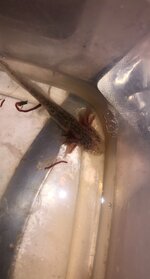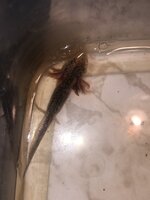Duchessez
New member
when i was separating my axies by color stumbled across this one who appears to be a albino because it doesn’t have black eyes but it also has these black spots similar to a wild type. does anyone know what type this one is?
Attachments
Last edited:


